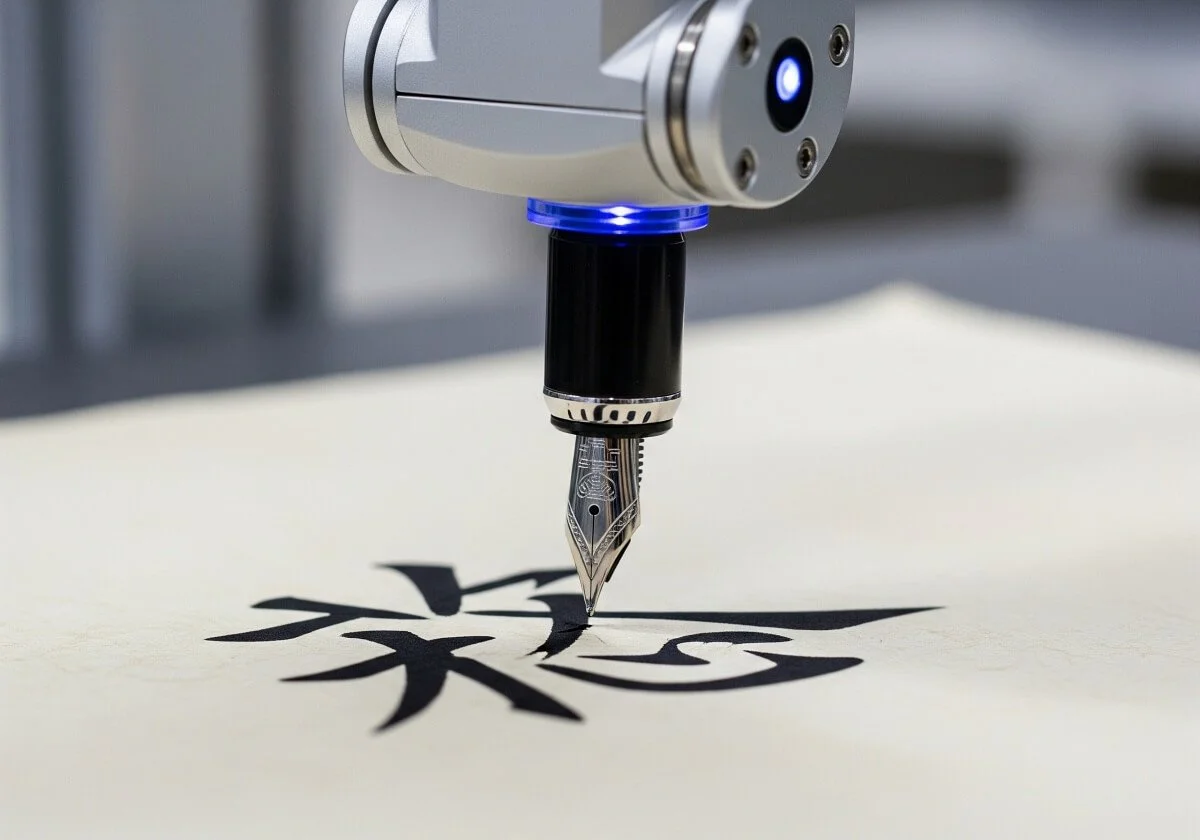The Precision Principle: How Japan Can Lead the AI Revolution by Avoiding Global Mistakes
The global rush to adopt artificial intelligence has created a hidden crisis. A recent admission by OpenAI’s CEO revealed that most users prioritize speed over substance, a practice that leads to flawed outputs and wasted potential. This worldwide trend of superficial engagement is more than just a missed opportunity; it’s the creation of a massive "data debt" that will hinder progress for years. For Japan, this global misstep provides a clear opening. Through Strategic AI Implementation guided by a cultural commitment to Precision, the nation has a unique chance to not only avoid these pitfalls but to define Japan's Tech Future as a global leader in intelligent, effective technology.
The Hidden Cost of "Fast AI": Understanding Data Debt
In finance, debt is borrowing from future earnings to pay for present needs. In technology, "data debt" is a similar concept: it’s the long-term cost of choosing easy, fast, and sloppy solutions today. When businesses use AI hastily—accepting superficial answers, building processes on flawed AI-generated data, and failing to train their teams properly—they are accumulating this debt. The immediate "gain" of a quick answer is eclipsed by the future cost of untangling bad data, retraining staff, and rebuilding customer trust lost to AI errors.
Many companies around the world are currently racking up enormous data debt. They are integrating AI into their core operations without the necessary rigor, creating a fragile foundation that will inevitably crumble. This presents a unique opportunity for businesses that choose a different path. By focusing on methodical, Strategic AI Implementation from the outset, companies can build robust, reliable systems that become more valuable over time, rather than more costly.
Precision: Japan's Inherent Cultural Advantage
The core principle for effective AI adoption.
The precision of a robotic arm using a classic fountain pen to draw a Japanese kanji symbolizes a core theme of strategic AI implementation. This blend of advanced technology and traditional craftsmanship is key to securing Japan's tech future.
The perfect antidote to the world’s sloppy AI habits is Precision. This concept is deeply embedded in Japanese culture, from the intricate details of its art to the world-renowned philosophy of monozukuri (manufacturing and craftsmanship). Monozukuri is not just about making things; it’s about a profound dedication to the process, an obsession with detail, and a relentless pursuit of perfection. This exact mindset is what’s required to master AI.
Applying this principle means treating AI not as a magic black box, but as a high-precision tool. It demands a clear understanding of the problem, the careful selection of the right model, and the meticulous crafting of prompts to elicit the most accurate and insightful response. It means valuing a correct, well-reasoned answer that takes sixty seconds over an instantaneous, mediocre one. This cultural disposition for Precision gives Japanese businesses, especially agile SMEs, a powerful and innate advantage in building a sustainable and impactful AI strategy. This is the foundation for securing Japan's Tech Future.
A Blueprint for Strategic AI Implementation
A three-phase approach to building a lasting advantage.
A commitment to precision can be translated into a practical, phased approach that any SME can adopt.
The Diagnostic Phase: Before a single solution is deployed, AI should be used as a diagnostic tool. A business can use a reasoning model to perform a deep and precise analysis of a specific bottleneck. For example, a company could feed years of customer feedback into an AI to identify the three most common—but often overlooked—complaints. This phase is about using AI to achieve unparalleled clarity and Precision in understanding the problem itself.
The Integration Phase: With a clear diagnosis, the next step is seamless integration. This isn't about simply "plugging in" a new software, but about weaving AI into existing workflows to augment human capabilities. This requires cross-departmental collaboration and training, fostering a culture of intelligent tool use. Business communities, like those connecting at the Tokyo American Club, are ideal forums for leaders to share insights on achieving this kind of deep, organization-wide integration.
The Iteration Phase: The final phase embraces kaizen (continuous improvement). The AI system's performance should be constantly monitored and refined. AI can even be used to analyze its own outputs, helping human operators learn how to use it more effectively. This creates a powerful feedback loop where both the technology and the team get progressively smarter, ensuring the Strategic AI Implementation delivers ever-increasing value.
Sector-Specific Opportunities for Precision
The power of this approach becomes clear when applied to specific industries.
A young female entrepreneur in her modern workshop proudly inspects an intricate 3D-printed architectural model. This act represents a hands-on, strategic AI implementation, where technology is used with precision to bring innovative ideas to life, directly contributing to Japan's tech future.
Creative and Media: In the creative world, Precision is paramount. A film production house like LEL Studios could use AI not to write scripts, but to perform precise color grading analysis or to optimize editing workflows down to the individual frame. Musicians, such as those associated with Kaala Music, could use AI for the precise mastering of audio tracks, achieving a level of clarity that was once prohibitively expensive.
Niche Content: For specialized media creators like MKUltraman and its popular YouTube Channel, AI offers tools for hyper-precise audience analysis. It can pinpoint exact topics of interest within a fanbase, allowing for the creation of content that resonates deeply and builds a loyal community.
Real Estate and PropTech: The property market is filled with complex variables. A company like Akiyaz.io, which deals with the nuanced issue of vacant homes, could use AI to build highly precise valuation models that account for hyper-local factors like neighborhood demographics, school quality, and historical trends, far surpassing generic online estimators.
By avoiding the global rush and instead focusing on methodical, high-quality deployment, Japan can write its own AI story. It is a story where technology serves long-term strategy, where every application is purposeful, and where a deep-seated cultural commitment to Precision becomes the nation’s most valuable asset. This is how a thoughtful approach today builds a dominant and prosperous position in Japan's Tech Future.
Build Your Future with Precision AI
Don't accumulate data debt. Invest in a strategy that delivers lasting value. We help businesses in Japan implement AI with the precision and foresight needed to lead the next technological wave. Contact us for a strategic consultation.


